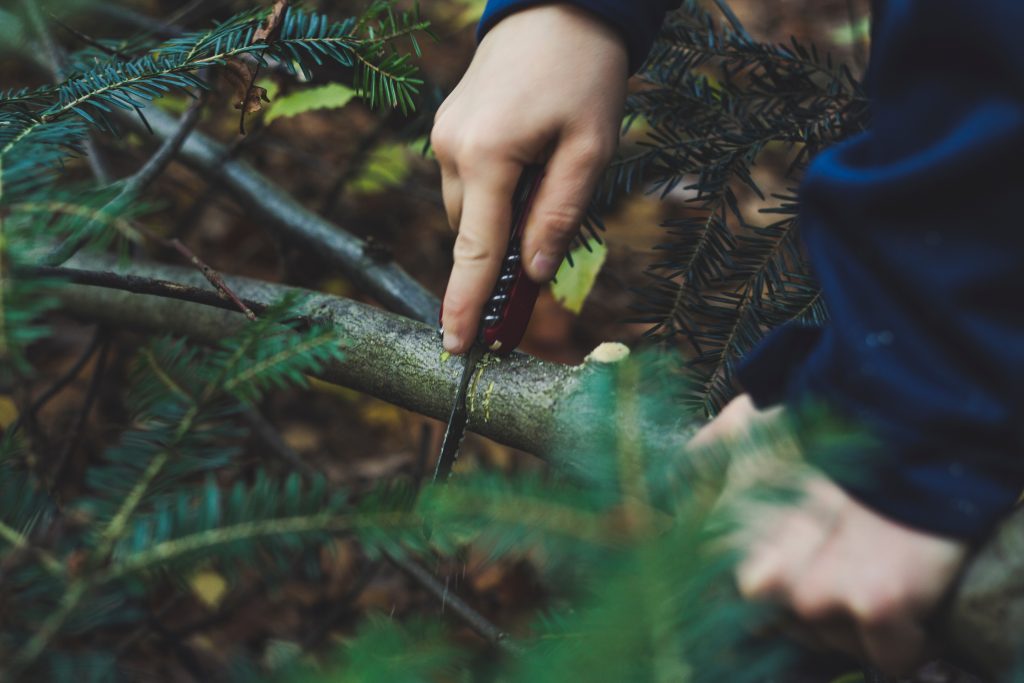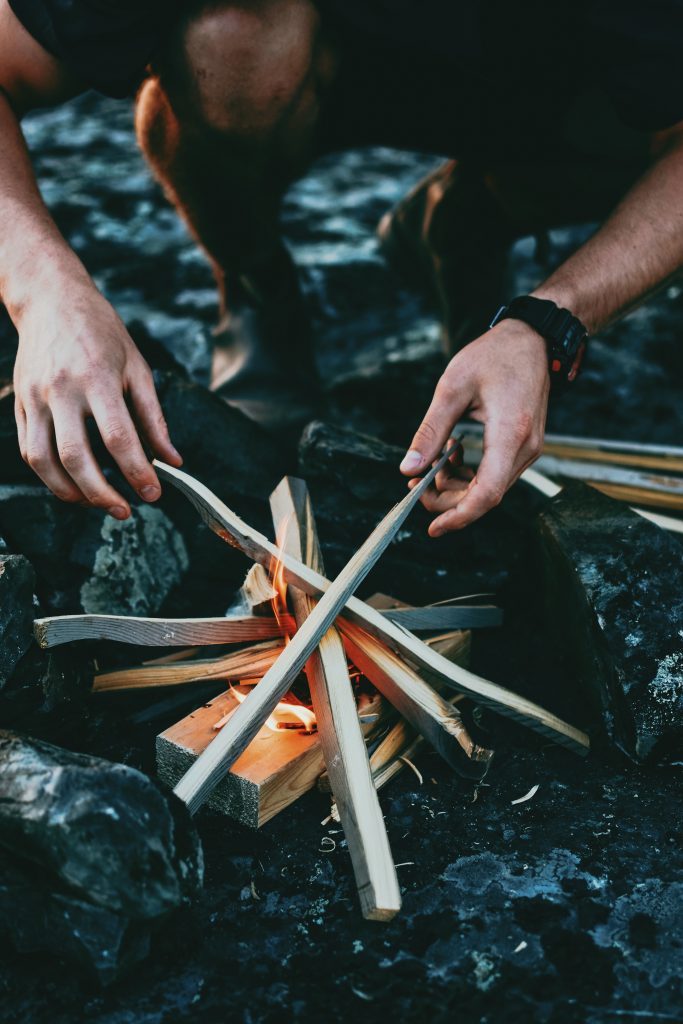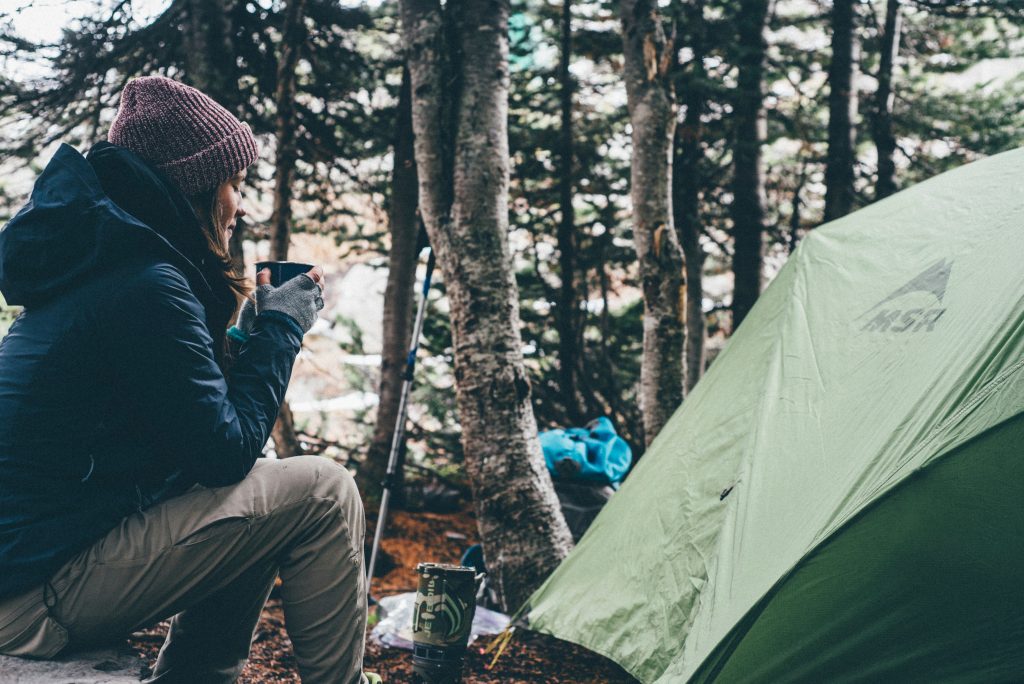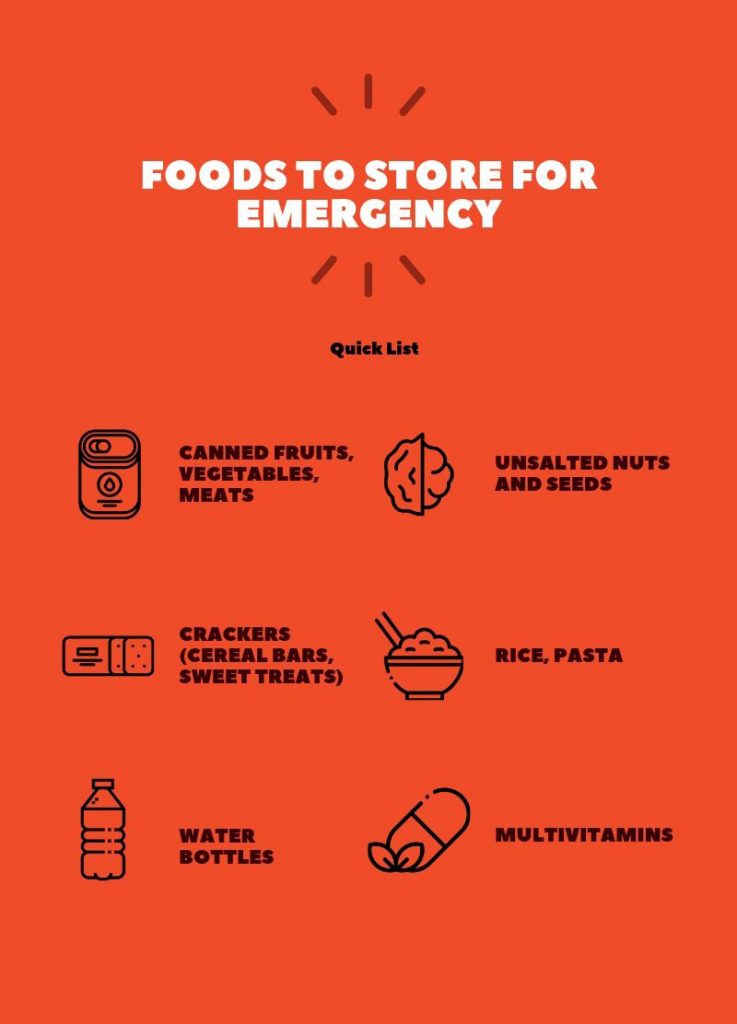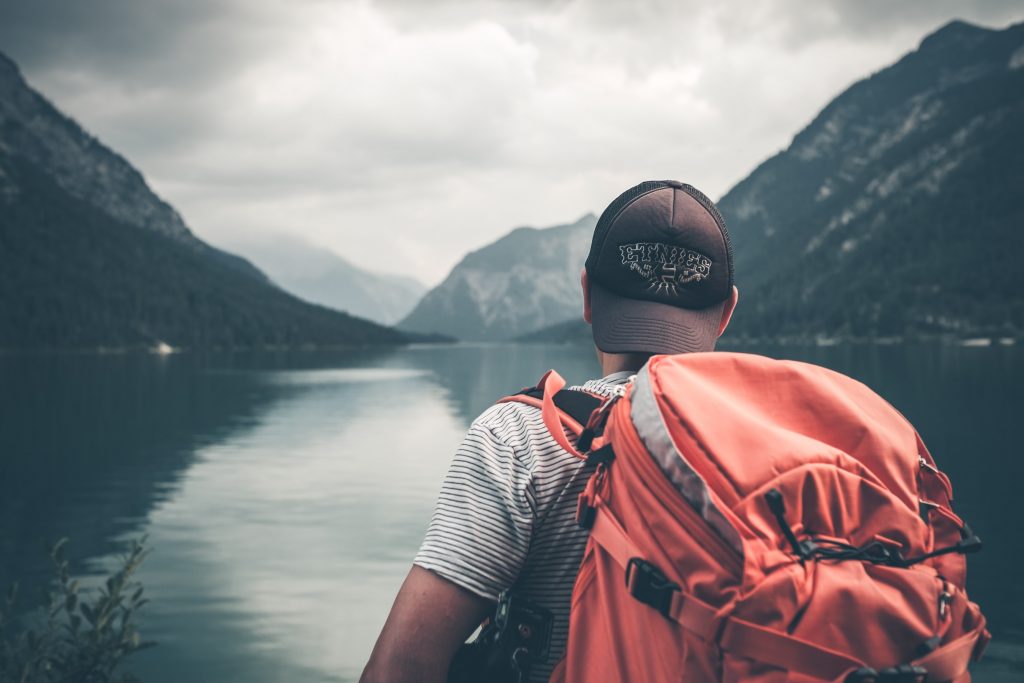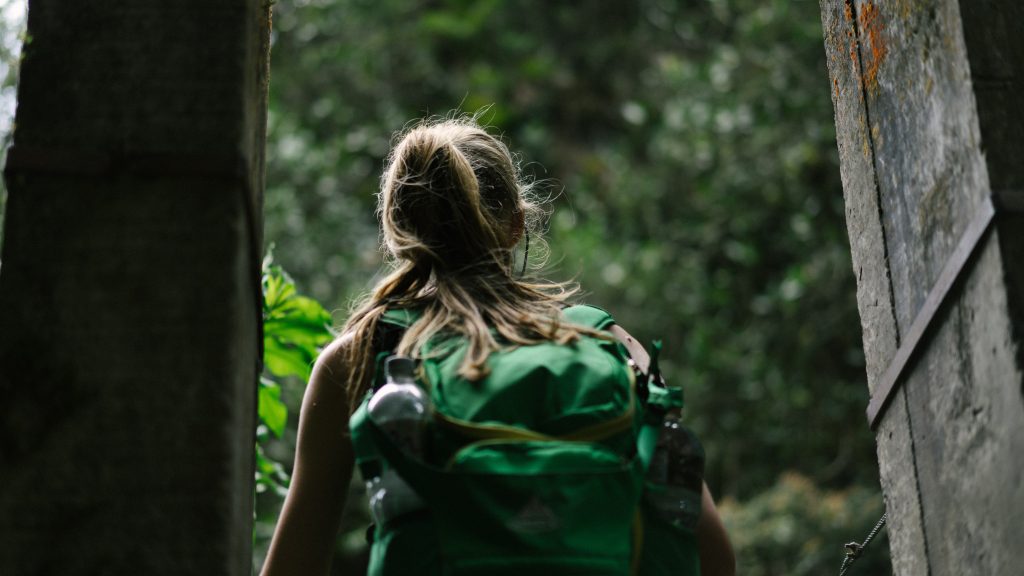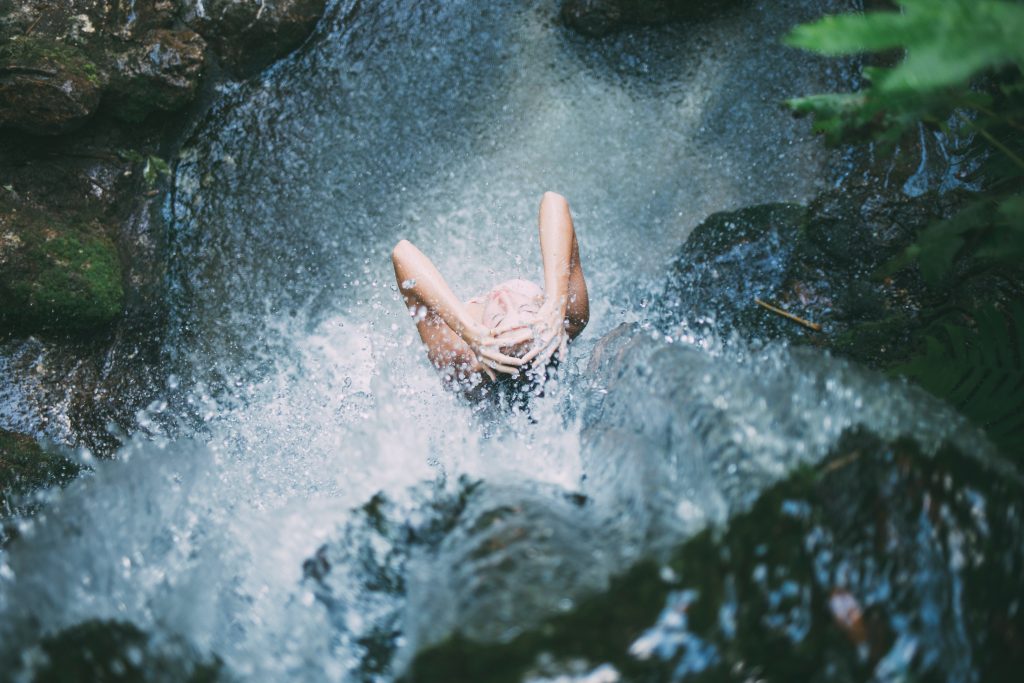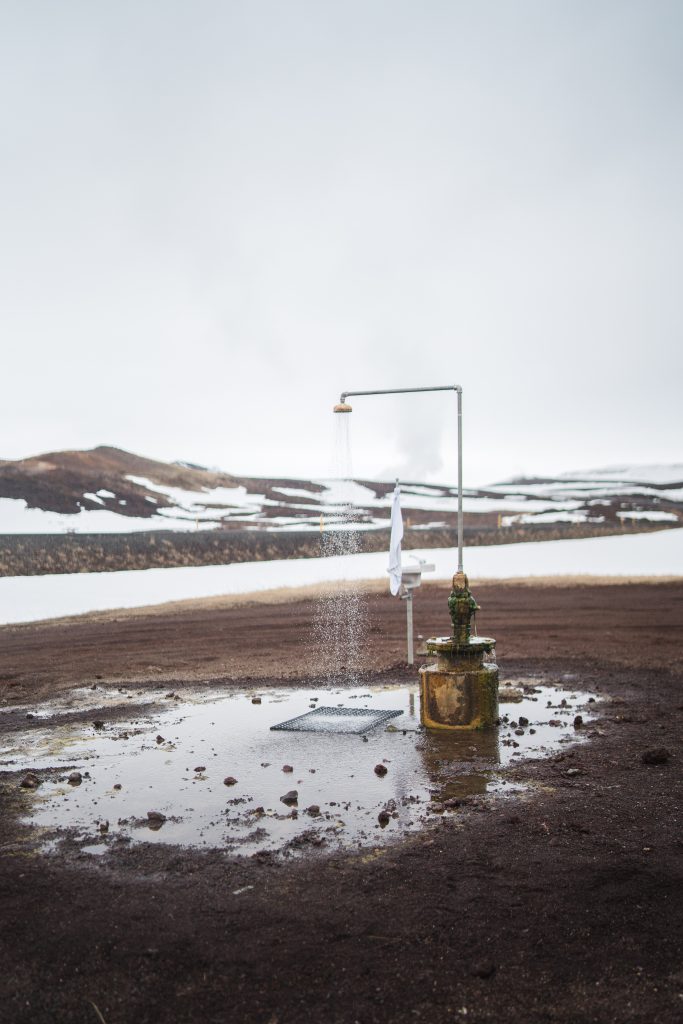Throughout the year we will be posting some of our favorite Survival Quotes, we hope you enjoy and SHARE them.
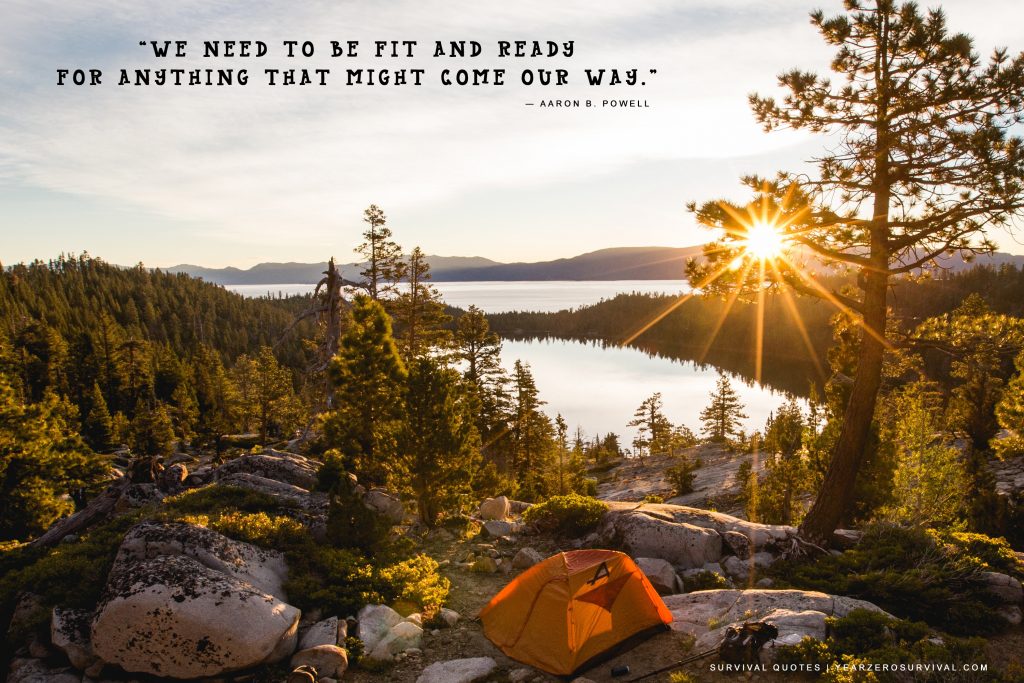
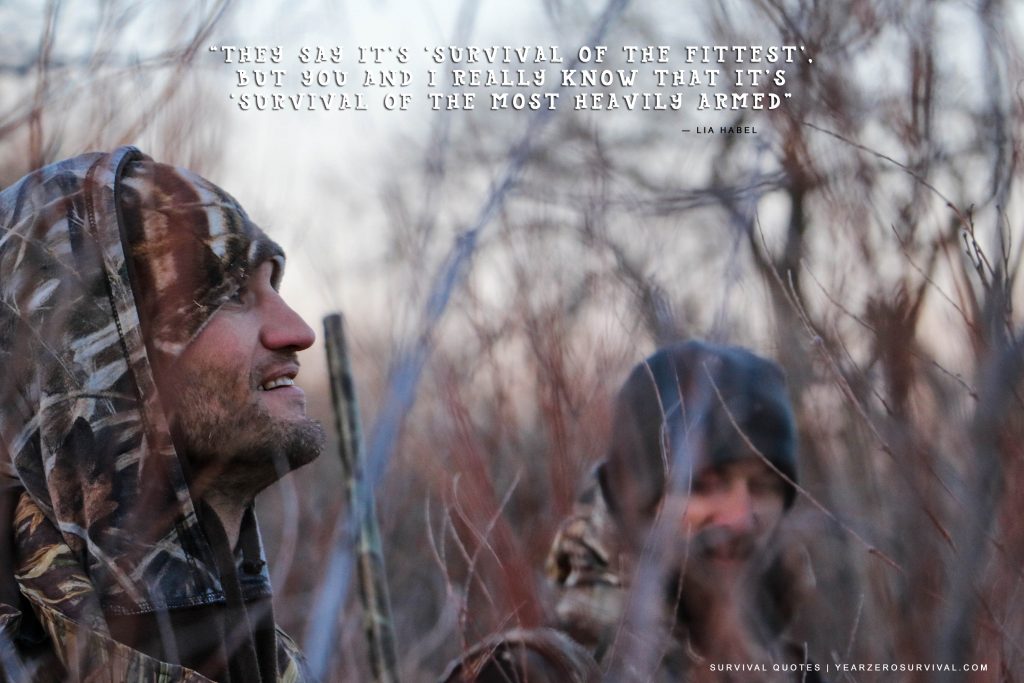
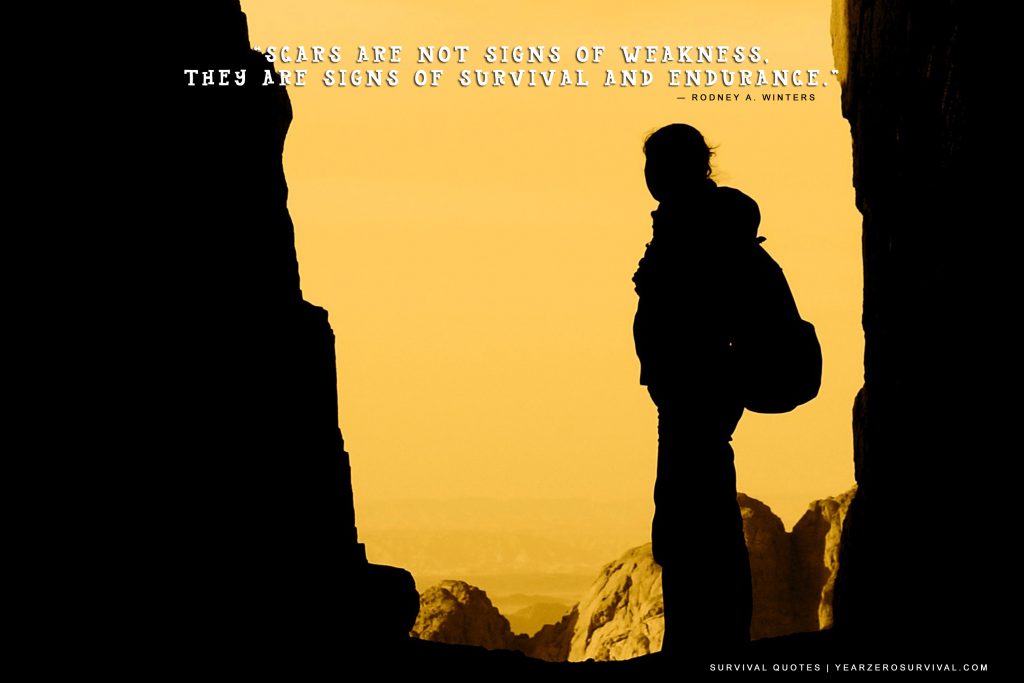
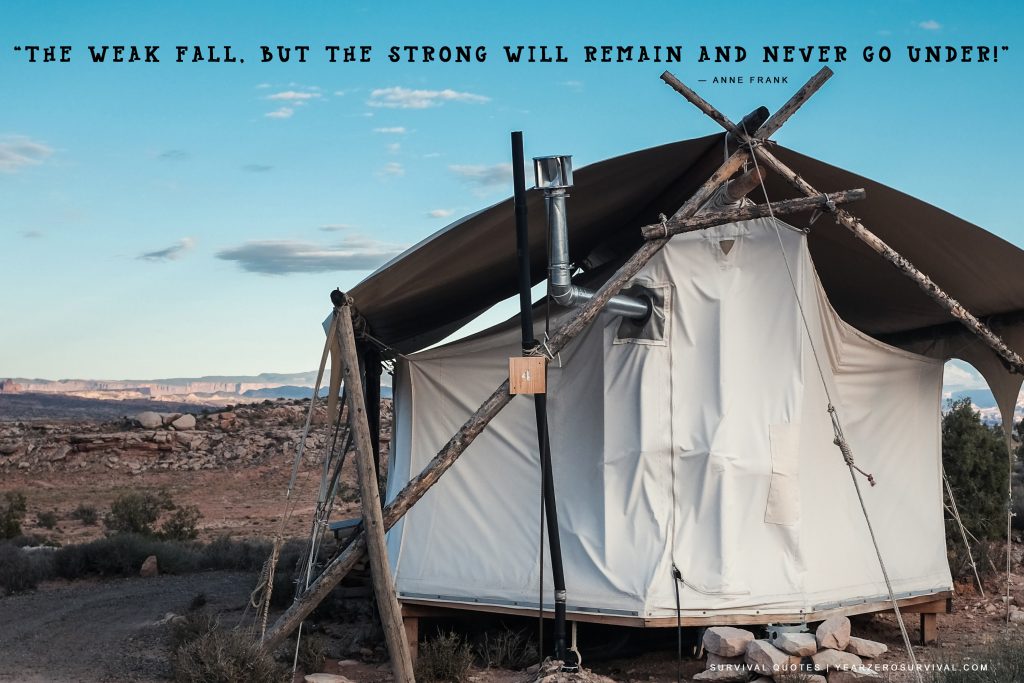

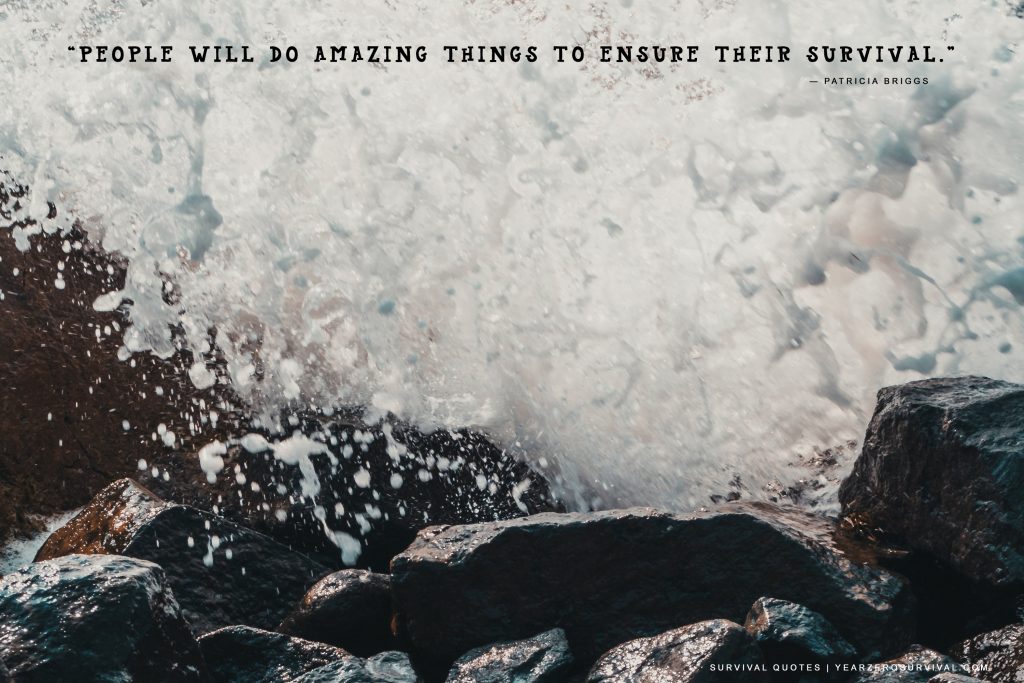
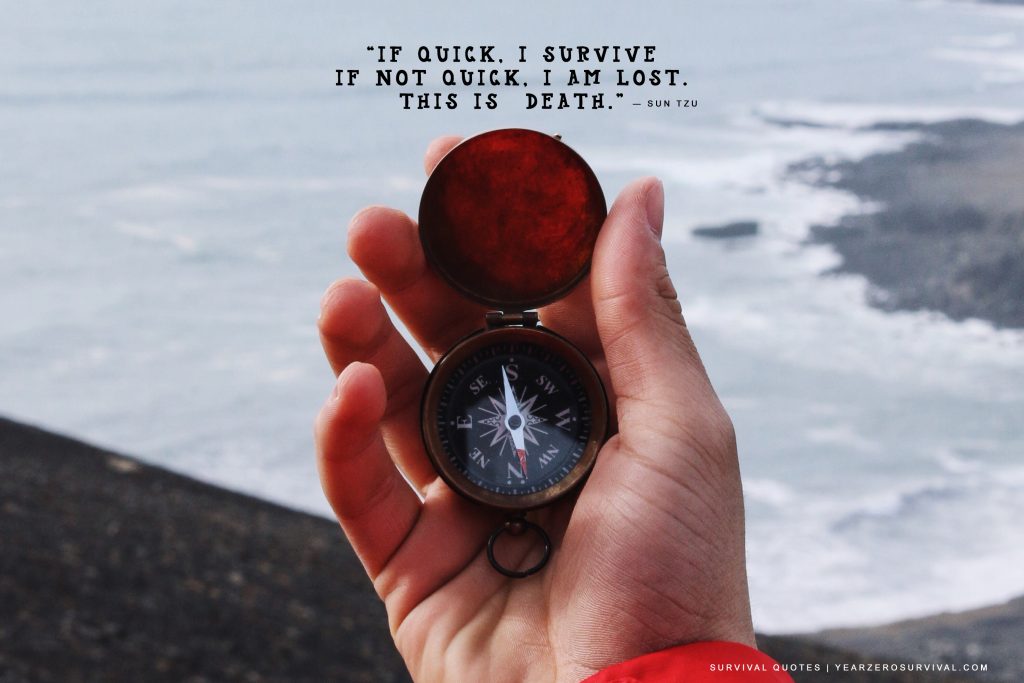

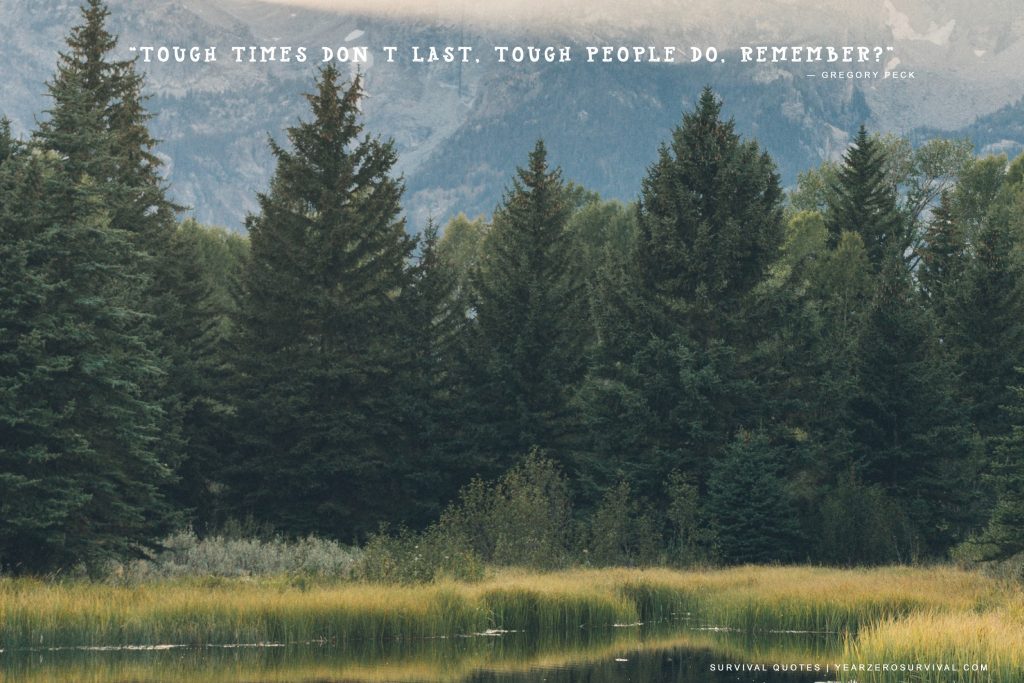
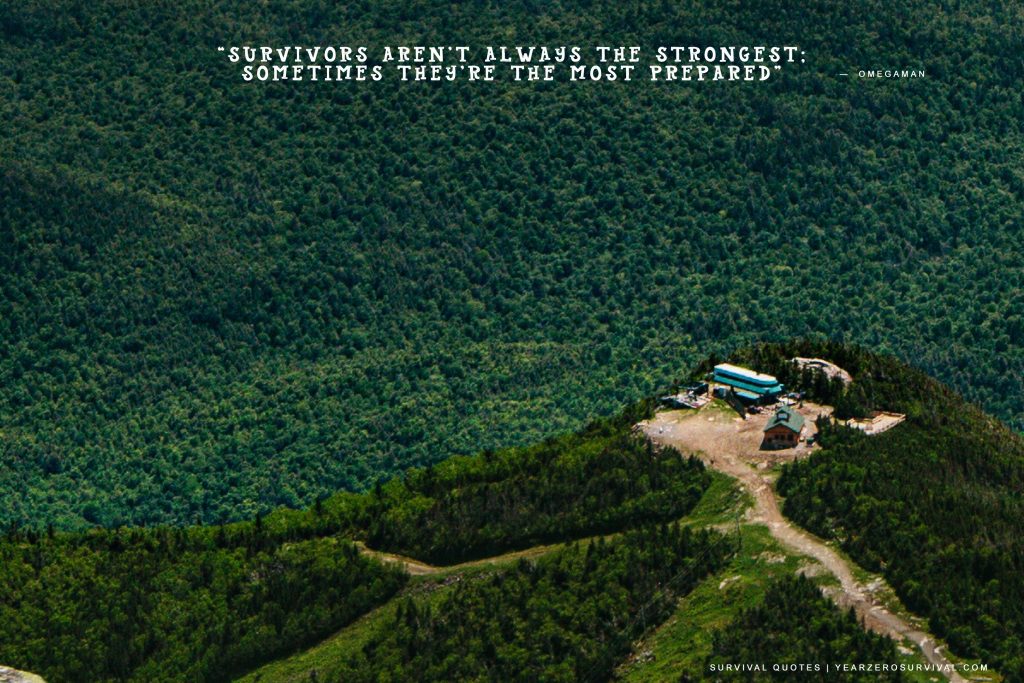
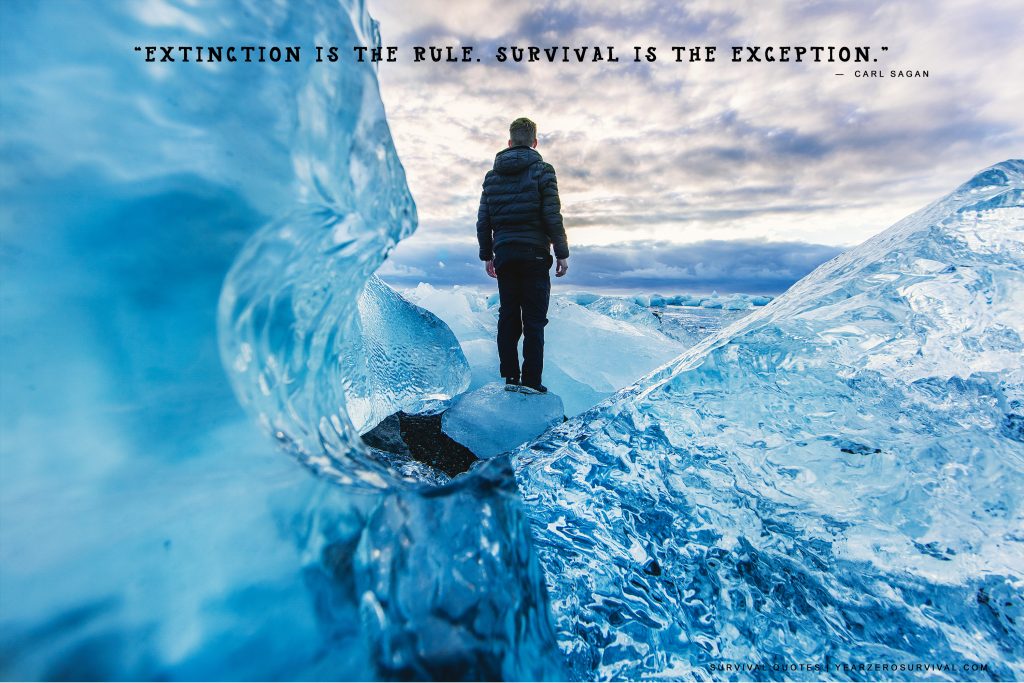

Index of Blog Articles
Jump to 1, 2, 3, 4, 5, 6, 7, 8, 9, A, B, C, D, E, F, G, H, I, J, K, L, M, N, O, P, Q, R, S, T, U, V, W, Y, Z
1
- 10 Benefits of Following the Year Zero Survival Website for Emergency Preparedness
- 10 Best Survival Foods To Get At Your Local Supermarket
- 10 Considerations For Your Bug Out Location
- 10 Most Important Boating Accessories for All Your Boating Needs
- 10 STEPS FOR BEGINNING HUNTERS
- 10 Survivalist Essentials for Your Bug-Out-Bag
- 10 Tips On How To Survive In The Woods
- 10 Tips to Creating a Comfortable Mattress Outdoors
- 10 Unbelievable Ordinary Things That Could Be Potential Lifesavers
- 100 Items That Will Disappear First In The U. S. When The SHTF (updated)
- 101 Uses for Paracord [infographic]
- 11 Expert Tips for Raising Chickens: The Ultimate Guide for Beginners
- 12 Best Vehicles For Surviving The Zombie Apocalypse
- 12 Days of Christmas (Prepper Style)
- 12 Survival Hygiene Tips for when SHTF
- 17 Life Hacks Camping Tips that Will Save You Time and Money
- 17 Things to Prepare for a Long Winter: A Comprehensive Guide
2
- 20 Easy Post-Apocalypse Life Hacks Any Survivor Can Do
- 20 Ways To Become More Self-Sufficient Before ‘The Crunch’ Arrives
- 25 Critical Facts About This Ebola Outbreak That Every American Needs To Know
- 25 Survival Uses For Duct Tape
- 25 Uses for Duct Tape
3
- 3 Reasons Why You Need a GPS in Your Bug-out Bag
- 3 Types of Weapons You’ll Definitely Want in the Apocalypse
- 30 Things To Include In Your Camping & Wilderness Survival Pack
- 32 Survival Uses For Trash Bags
4
- 4 Reasons To Add a Pellet Air Gun To Your Survival Gun Arsenal
- 4 Useful Gadgets That Are Great For Family Camping
- 41 Genius Camping Hacks You Must Try
5
- 5 Alloy Steels And Different Properties Of Knife Blade Materials
- 5 Big Tips for Living Without Electricity
- 5 Earthquake Preparedness Tips for Business Owners
- 5 Essential Items to Take Hunting
- 5 Essential Steps for Survival Prepping: Tips and Tricks for Ensuring Your Safety and Sustainability
- 5 Essential Tips on Surviving Your First Hiking Trip
- 5 Gallon Bucket Storage Tip
- 5 Items Missing From Your Prep
- 5 Legal Self Defense Weapons You Should Consider Buying
- 5 Must-Have Hunting Tools You Need To Prepare Before The Next Hunt
- 5 Prep Tips to Keep Your Family Safe from a Wildfire
- 5 Reasons Why Biology Homework Is Essential For Your Survivability
- 5 Reasons You Should Replace Your Social Security Card Right Away If It Is Lost or Stolen
- 5 Survival Tips For Camping Novices
- 5 Things You Should Know About Buying Food To Stockpile
- 5 Things You Should Know About Self-Defense
- 5 Tips For Finding The Right Firearm For Your Situation
- 5 Tips for Ultralight Camping | Must-know Tips for Backpackers
- 5 Tips on How to Protect Your Hunting Rifle Scope From the Elements
- 5 Tips to Hunting and Camping to Survive in 2019
- 5 Tips To Keeping Your Gun Safe At Home
- 5 Tips To Learning About Outdoor Sports
- 5 Tips to Learning How to Hunt
- 5 Tips to Purchasing Gun Safe Dehumidifiers
- 5 Valuable Tips for Surviving a Natural Disaster
6
- 6 Easy Steps To Long Term Dry Goods Storage
- 6 Life Saving Things You Need When Lost In The Forest While Hunting Deer
- 6 Tips To Prepare For A Hurricane
- 66% Don’t Have Enough Supplies to Last Three Days in Quarantine
7
- 7 DIY Pop Can Solar Heaters
- 7 Items You Must Have in Your Emergency Survival Kit [infographic]
- 7 Must Have Items for Wilderness Survival
- 7 Survival Ideas You Never Thought About
- 7 Ways to Prep for an Economic Collapse
8
9
- 9 Best Vehicles for Year Zero Survival: The Ultimate Guide
- 9 Prepping Lessons from American Blackout
- 9 Ways To Start a Fire Without Matches
A
- A Beginner’s Guide To Living Off-Grid
- A Day At Smokey Mountain Knife Works
- A Guide to Testing Your Survival and Camping Skills in a Safe Way
- A Quick Guide On How To Choose The Right Holster Bag
- A Quick Guide To Shooting Fundamentals [infographic]
- A Survivalists Guide To Body Armor
- Add Some Paracord to Water Bottles or Make a Paracord Can Koozie
- Airbed vs Sleeping Bag – Which is Better for Outdoor Survival?
- Another Type of Flu-Season Prep to Consider
- Apocalypse in Orbit: The Catastrophic Consequences of Global Satellite Communication Failure
- Apocalyptic Dish Washing
- Armed Protests In Your City- Be Ready With A Prepper Mindset
- As a Prepper, What is the Best Attire to Have on Hand?
- Assembling Your Own Personalized Emergency Car Kit: Essential Components for On-the-Road Safety
B
- Bacon, Beans and Camping – What A Combination!
- Be Prepared
- Bear Grylls scores extreme NBC reality show gig
- Benefits of Rainwater Collection
- Best Survival Tools? Real Life Saving Survival Tools List
- Blueprint for Restarting Civilization After a Collapse: Detailed Instructions, Guidelines, and Knowledge
- Bow Accessories Every Hunter Should Have
- BREAKING: European Commission to criminalize nearly all seeds and plants not registered with government
- Bugging Out in Style: Tips for Surviving in Comfort
- Build The Benefits of Raised Beds
- Building Your First Hunting AR-15: A Step-By-Step Guide
C
- Campfire Cooking – The Basics
- Camping Hacks for Families
- Can You Knit Your Way To Survival?
- Carry What You Can, In As Many Ways You Can
- Cast Iron Skillet – A Guide to Everything You Need to Know
- CHADAR TREK SURVIVAL GUIDE
- Chart: When To Plant Your Survival Garden
- Checklist Your Way To Survival
- Checklist | Things to Carry for Leh Ladakh Trip
- Chickens vs Quail: Which is the Best Bird to Raise?
- Choking and the Heimlich Maneuver
- Choosing the Right Motorhome for Your Off-Grid Adventures
- Cool Cargo Bike from trioBike
- Could You Build A Shelter To Save Your Life?
- Create A Simple Portable Stove From An Aluminum Can [video]
- Critical Essentials: Modern Survival Kit
D
- DHS Admits It Is Unprepared for EMP Threat
- Dirty Bombs – Frequently Asked Questions (FAQs)
- Disaster Recovery [Info-Graphic]
- DIY – Make your own Survival Garden – Patriot Direct
- DIY Chicken Watering Hole (and Other Critters Too)
- DIY ’100 Hour Candles’
- DIY: Disaster Survival [Infographic]
- Do you know what basics you need to survive an Apocalypse?
- Does It Really Take $50,000 To Be A Prepper?
- Does Mastering the Five Rifle-Firing Fundamentals Improve Your Survival Chance?
- Don’t Miss Out On The Best Survival Rifle
- Drinking Alcohol To Protect Against Fallout
- Drive to Survive: The Right Vehicle for the Apocalypse
- Duck Hunting Strategies: 7 Benefits Of Using Camo Nets
E
- Easy to Make Fire Starters from Wood Chips, Shavings and Sawdust
- Emergency Food Items That Can Last a Lifetime
- Emergency Preparedness: Hazard-Specific Actions, Notification Systems, and Evacuation Planning – Plan for Your Risks (Updated 2023)
- Essential Best Gear List for Outdoor Hunting
- Essential Gear List for Kayaking Safety
- Essential Items for Your Black-Out Kit
- Essential Survival Skills to Learn and Practice
- Essentials For Any Adventure
- Ever Heard Of Hyponatremia?
- Extreme Couponers Can Teach Preppers A Thing Or Two…
F
- Fascinating Honey Facts: Unveiling the Sweet Secrets of Nature’s Golden Nectar
- First Aid Guide List and Links
- First Time Preppers – Checklist You Must Follow To Survive A Disaster
- Fishing for Survival
- Food Apocalypse? How to Survive If Grocery Stores Run Out of Food
- Forget Farm To Fork – Urban Foraging: The Ultimate in Local Eating
- Forget Peak Oil—Start Worrying About Peak Water
- Free Report: ‘How to Build the Ultimate Disaster Survival Kit’
- FREE: Family Emergency Planning Kit
- Fun and Easy: Making Butter in a Mason Jar!
G
- Gardening Top Tip From YZS
- Garlic – The Ultimate Survival Tool
- Get Rid Of Several Problems With The Use Of Essential Oils
- Get the Right Accessories for Your Crossbow
- Going Off The Grid: Want to erase yourself from the web?
- Great ShakeOut – Select Your ShakeOut Region – Register – Participate
- Growing Your Own Vegetables, A Chart To Help.
- Guerilla Gardening: Why We Think It’s A Good Idea To Plant Some Preps Along Your Bug-out Routes
H
- Have You Ever Wondered How You’re Going To Store Food When The Grid Fails During The Apocalypse?
- Here’s A Checklist To Check Against Your Emergency Plan
- Home Emergency & Disaster Safety Resource List
- Homemade 72 Hour Emergency Food Supply Kits
- Homemade Emergency Canned Heat
- Homemade Sling-Bow
- How Has The Flashlight Changed Over Time?
- How Hurricanes Impact You [infographic]
- How Long Do Magazine Springs Really Last?
- How Long Does Fishing Line Last?
- How Much Fuel Is Needed To Power A Light Bulb For A Year?
- How Much Is Too Much?
- How to Avoid Hidden GMO Foods: A Proven Methodology
- How To Build A Fire
- How to Build a Lean-To Shelter: Step-by-Step Guide to Building a Lean-To Shelter
- How To Build Your Own Aquaponic System With Garden Scraps
- How To Build Your Own Heavy Duty 275 Gallon RAIN BARREL
- How To Build Your Own Solar Thermal Panel From Recycled Trash
- How To Choose The Best Instant Tent For Camping
- How To Choose The Right Boat Hook
- How to Get the Most Calories per Foot Out of Your Homestead Garden
- How To Identify Dry Firewood
- How to Live Off the Grid: a Guide to Freedom
- How To Make A Brick Rocket Stove For $6.08 [video]
- How to Make a Good Emergency Plan for Your Family
- How To Make Your Own Clothing
- How To Make Your Own Paracord Survival Bracelet
- How To Make Your Own Vertical PVC Planter
- HOW TO MAKE: PINE CONE FIRE STARTERS
- How To Prep For Living Through A Nuclear Attack
- How to Prep for Your Survival
- How to Prepare Fresh Game Meat For Storage
- How To Prevent, Recognize And Treat Snake Bites
- How to Protect Yourself From Hyperinflation
- How To Set Up Your Campsite
- How to Sharpen Serrated Edge Knives-Serrated Knife Sharpening
- How To Survive A Disaster
- How To Survive A Night In Your Car
- How to Survive a Nuclear Holocaust
- How To Survive Hypothermia [infographic]
- How to Survive in Space After the Ultimate Disaster
- How To Survive In Your Home During An Emergency
- How to Survive Your First Night in the Forest
- How to Teach Your Kids to be Prepared… For Anything! [INFOGRAPHIC]
- How To Tie Fishing Knots
- How To Use A Compass
- How You Can Go Off The Grid
- Hunting Big Game with the AR – Is It the Right Choice?
- Hunting Tents And Everything You Need To Know About Them
- Hunting With a Crossbow for Beginners
- Hurricane Irma Disaster – A Huge Damage to the Economy
- Hurricane Preparation Tips For Families And Homeowners
I
- I Get Knocked Down, But I Get Up Again…
- I’m Married To A Prepper . . . What Do I Do Now?
- If The End Was Near: Would You Survive?
- Important Skills Survivalist and Preppers Need
- Index Of Knots
- INFOGRAPHIC: Tornado Safety
- Is It Safe To Use A Mattress Outdoors?
- Is the End Closer than We Thought? The Latest Apocalyptic Predictions
- Is Your Office Survival Ready?
- It’s A Trap – 6 Must Learn Traps And Snares
J
K
- Keep Supplies Safe During a Power Outage
- Key Ways To Prep and Save Money On Your Survival Gear
- Know The Secret To Using Flint And Steel To Start A Fire?
- Know the Types of Archery Bows
- Know What To Do In Case Of A Weather-Related Emergency
L
- Learn How to Tie 12 Useful Knots with This Visual Guide
- Live Off The Grid In Your Own Upcycled Shipping Container Home
- Lost In The Wild: Survival Skills That You Can Always Depend On
- Lost in the Wilderness: How to Stay Safe for 11 Days
M
- Make Your Own Simple Camp Stove
- Make Your Own Simple Faraday Box
- Make Your Own Survival Bread
- Make Your Own Survival Fishing Rod
- Making Your Own Electricity For Survival
- Making Your Own Vegetable And Nut Oils
- Must Have Items to Take Hunting
- Must Have: The Official Year Zero Survival Limited Edition T-Shirts, Mugs, Water Bottles, Hoodies, and More…
- Mykel Hawke’s Knives Features
N
- New Year, New Survival Workout
- No Gutters On Your House – Create a “Drain Barrel” (Rainwater Collection System)
- Not Quite The Perfect 72 Hour Bug-Out Pack, But Close
- Nutrition for Survival in the Wild
O
- Old-fashioned Pickling Recipe from the 1890s
- OmegaMan Tested: EDC Survival Keychain by Survivalhax
- On A Budget: Prepping For 5 Bucks
- Ostrich Myth, But Human Nature
P
- Panic Room Essentials: How to Create Your Own Bunker
- Paracord How-To: 6 Strand Flat Braid
- Paracord In One Minute
- Plant Now: Winter Sowing
- Poisonous Animals You Can’t Eat
- Potassium Iodide: What does it do?
- Prepare for the Unthinkable: Arm Yourself with Essential Survival Skills and Knowledge!
- Prepare For World’s End [infographic guide]
- Prepper Supplies vs No Prepper Supplies: Which is Better for Survival?
- Prepping for Beginners: How to Start Prepping in 90 Days
- Preserving Meat Without Refrigeration: 5 Effective Methods for Long-Term Storage
- Product Review: First Aid Survival Kit with N 95 Mask
- Product Review: The NITE IZE 3 in 1 LED Flashlight
- Protein Poisoning or Rabbit Starvation
- Putting The Pieces Together; The Logistics of Your Off-Grid Project
Q
- Quick Tip | Add These To Your Bugout Bag
- Quickly Test Water for Harmful Bacteria with These Bacteria Test Kits
R
- Radiation Exposure [info-graphic]
- READING TRACKS WHEN IT COMES TO SURVIVE
- Removing Debt: Encouraging Future Survival & Independent Discipline
- Repurposed Tic-Tac Boxes For Travel Spices
- Researcher Find That Plant Has Water Purification Properties: Cilantro
- REVIEW: Survival Hax Fire Starter Flint w/Waterproof Tinder Holder
- Roughneck Rain Barrel
S
- “Soup”er Prepper Storage Idea
- Salt: A Valuable And Needed Item In Your Preps
- Save And Share This Infographic: What Is The Shelf Life Of Your Food?
- Saving Lives: Learn How to Obtain Drinkable Water in an Emergency Situation
- Secret Uses For Common Household Items
- Security Tips For Campers
- Self-Watering Seed Starter – DIY
- September Is National Preparedness Month
- Should Survival Skills Be Taught To Children In School?
- Should You Be Including A Body Armor In Your Survival Gear?
- SHTF Essentials – A Comprehensive Bug Out Bag List
- Simple Survival Water Filter Using A 2 Liter Bottle
- Smart Lighting in Home Security – All You Need to Know
- Smart Saving: How to Build an Emergency ‘Survival’ Fund and
Plan for the Future - SODIS – And How to Use the Sun to Disinfect Water
- Some Common Prepper Terms and Definitions
- Someone’s Got To Be The Cook When The SHTF – Why Not You?
- Sounds Fishy: An Often Overlooked Bug-Out Bag Item That I Always Add
- Specialized 2014 Trail And Long-travel Bikes – First Look: S-Works Camber, Fat Boy Fat Bike And New Shock Tech – BikeRadar
- Staying Safe in an Earthquake – How to Be Prepared
- Staying Sane as the Last Survivor: Quick Tips and Techniques for Maintaining Mental Well-Being
- Step-By-Step Guide For Performing CPR On An Adult
- Sticky Stuff: 15 Ways Duct Tape Can Save The Day
- Store Food, The Free Way
- Storing Your Survival Supplies
- Survival Fitness – A Daily Workout Routine
- Survival Movies: A list of some of our favorite survival related movies of all time.
- Survival of the Ready – Preparation is Paramount
- Survival on the Cheap: Preparing for an Emergency without Losing your Savings
- Survival Quote Series
- Survival Skills For Kids
- Survival Supply Caches: A Brief Introduction
- Survival Tips on How to Hunt and Trap Small Game
- Survival Tips: The Importance of Having Multiple Options
- Surviving in the Woods: A Guide to Staying Alive for Several Days and Nights
T
- “The Walking Dead” Cast’s Zombie Survival Kits Are Totally Badass
- Tactics to Fortify Your Family Fortress
- Taking Your Home Off-Grid
- The Benefits of Cattails as a Survival Food Source
- The Best Concealed Carry Pants for Women
- The Best Methods for Managing Back Pain
- The Best Way to Purchase Outdoor Gear
- The Best Ways to Find a Perfect Name for Your Camping Brand
- THE CHUNNEL: THE CHICKEN TUNNEL
- The Health Benefits of Drinking Onion Water: A Nutrient-Rich Drink for Optimal Wellness
- The Importance of Body Armor for Survival
- The Importance of Survival Caches
- The Last of Us: A Survival Guide – 8 Prepping Tactics Inspired by the Game and Now Hit TV Series
- The Most Essential Hunting Equipment for You
- The Pros and Cons of Mounting a Suppressor to Your Pistol
- The Rise of Girls and Guns – infographic
- The SAS Survival Guide App
- The Top 10 Must-Visit Camping Locations in the Continental United States
- The Top 10 Places to Go for a Bugout: A Ranking of the Best Locations for Survival
- The Top 3 Pros and Cons to Using a Crossbow Versus a Compound Bow
- The Top 3 Ways To Protect Your Loved Ones From Harm
- The Top 5 Survival Pistols of 2019
- The Ultimate Guide to Long-Term Food Storage: Tips and Tricks for Preserving Your Food Supply
- The Ultimate Guide to Yurts: The Versatile Solution for Survival, Camping, and Alternative Living
- The Vital Importance of Staying Hydrated: How Dehydration Impacts Your Body
- The Zombie Apocalypse The Survivor’s Meme
- Thermal Scopes or Night Vision for Hog Hunting with an AR-15
- These 5 Items Should Be On Your Survival Kit List
- Things to Carry for Survival in Kashmir During Heavy Snowfall
- Three R’s of Survival
- Tips for First-Time Homeowners when Prepping for Natural Disasters
- Tips for Proper Nutrition for Glorious Long Bike Rides
- Tips on Food Storage for an Emergency
- Tips to Choosing the Ideal Tent for Survival Off Grid
- Tips to Grow Your Firearms Business
- Tips To Survive An EMP
- Top 10 Fire Starters
- Top 10 Most Read Survival Blog Posts on Year Zero Survival
- Top 11 Uses For Alcohol In A Post SHTF Scenario
- Top 20 Herbs for Holistic Health: Boost Your Wellness with These Nutrient-Rich Options
- Top 5 Attractions to Visit on Your Tibet Tour
- Top 5 Best Campground in America
- Top 5 Easiest Plants to Grow with High Nutritional Value for Millennials: Practical Tips and Examples
- Top 5 Exotic Survival Honeymoon Locations In India
- Top 5 Reasons to be a Prepper in America
- Top 5 Surviving Tips For Portugal Travel
- Top Five Survival Knots That Everyone Should Know
- Top Guns for Survival Scenarios
- Top Tip: How To Make A Pull Tab Guy-Line Tensioner
- Trending This Week | Bear Grylls
U
- U.S. Explodes Atomic Bombs Near Beers To See If They Are Safe To Drink
- Unique Improvised Grills – Ideas For Cooking In A Survival Situation
- Unleashing Your Inner MacGyver: 5 Wacky Survival Skills You Didn’t Know You Needed!
- Untapped Renewable Energy – Preppers Power Source
- Use Parts From Your Cell Phone To Survive
- Use The Sun To Disinfect Water – Solar Water Disinfection
- Using Social Media In Disaster Situations [info-graphic]
V
W
- Water – Our Liquid Friend
- Water Bricks For Survival
- Water More Valuable Than Gold?
- Water Survival Tips
- Water Water Everywhere, And Not A Drop To Drink
- Water: Nature’s Cure-All?
- Waterproof Your Survival Gear
- Wealth of Survival Information
- Weightlifting for Survival – Because Being Strong Makes You Harder to Kill
- What Ammunition to Buy Before A Shortage
- What Are The Benefits Of Vodka
- What Are The Best Prepper and Survival Websites?
- What Attire Should You Wear for Your First 3-Gun Competition?
- What Do Rat Whiskers And Surviving Have in Common?
- What Happens To Your Body When You Quit Sugar?
- What is Happening to the Crypto Market today, and is It a Good Time for Buying Cryptocurrency?
- What Is the Best First Gun for New gun Owners?
- What Is The Shortest Effective Barrel Length For An AR-15
- What to Include in Your Emergency 48 Hour Kit
- What To Know When Storing Water
- What to Look for in a Survival Tent
- What To Pack In Your Car Emergency Kit
- What You Should Have in Your Bunker
- What’s In Your Bag? Preppers Share How They Pack Their Bug Out Bags
- What’s The Best Tactical Tomahawk?
- What’s The Difference Between Freeze Dried & Dehydrated Foods?
- Why It’s Important To Add A First Aid Kit To Your Survival Preps
- Why Prepare?
- Why Prepping Is So Important Right Now
- Why The AR Platform Is Perfect for Preppers
- Why Trapping Is Essential for Long-Term Survival
- Why Try Body Armor?
- Why You Need A Solar Generator?
- Wilderness First Aid
- Will Money Still Rule the World After the Apocalypse?
- Will Your Family Go Hungry? Is Your Family Prepared for an Emergency?
- Winter Survival Heater
- World Map of All Wars and Conflicts Happening In 2023

